11 Delicious Foods That Naturally Burn Through Bad Cholesterol
Feeling overwhelmed by the idea of managing cholesterol? You’re not alone—cholesterol numbers and labels like “good” and “bad” can sound intimidating. Living with heart health concerns often means deciphering what truly matters, especially as advice shifts with new research. The real key to unlocking better cholesterol isn’t dramatic restriction or joyless eating—it’s working with your body, day by day, with food choices that offer both healing and satisfaction. If you’ve ever wondered whether simple food swaps can genuinely make a difference, here’s reassuring news: science says yes, they absolutely can. These 11 foods all have the backing of major medical experts, including the heart specialists at Harvard Health, Mass General Brigham, and other top US sources. Each item on this list offers a unique property—soluble fiber, healthy fats, plant sterols, or special antioxidants—that actively partners with your body to sweep out the “bad” LDL cholesterol while supporting the “good.” And best of all, these aren’t exotic ingredients reserved for health gurus. They’re familiar foods you’ll find in American supermarkets, perfect for everything from a quick breakfast to hearty dinners. This isn’t about fighting the aging process; it’s about nurturing energy, confidence, and long-term well-being, one bite at a time. If you’ve ever felt nervous reading nutrition labels or unsure which foods to trust, you’re not alone. The good news? Your next meal is a chance to care for your heart and savor delicious, satisfying flavors. Let’s dig into 11 everyday foods that can help lower bad cholesterol—no shame or perfection required—just gentle progress and the joy of feeling vibrant.
1. Oats and Barley: Soluble Fiber Superstars
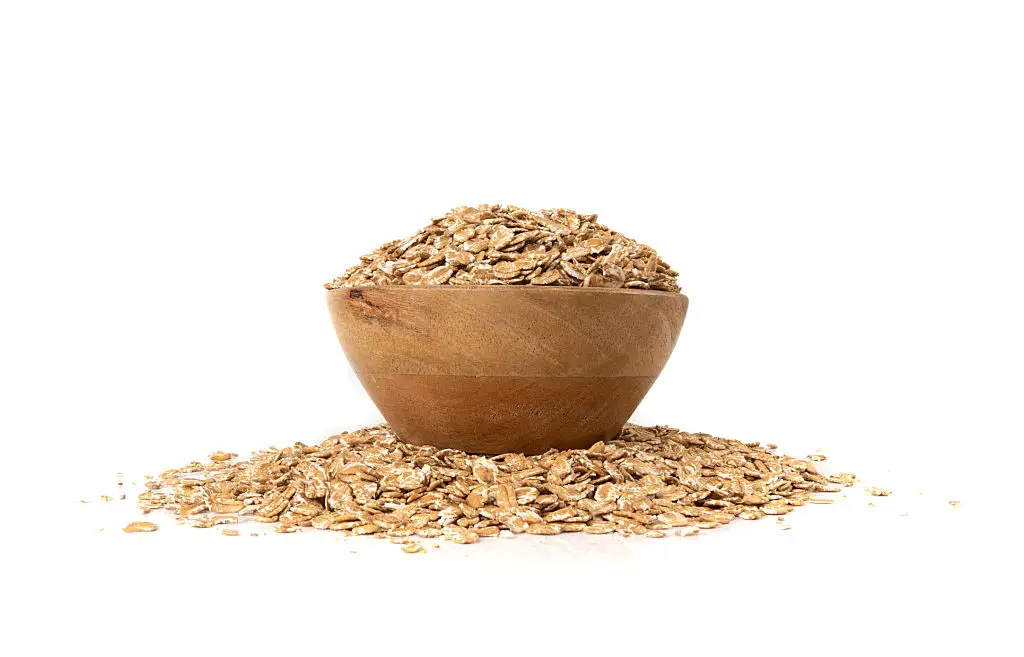
Oats and barley have earned their superfood reputation for a reason: they’re loaded with soluble fiber—especially beta-glucan—that binds with cholesterol in your digestive tract and helps carry it out of your body. Harvard Health underscores oats as the original cholesterol-lowering breakfast, and classic North American choices like oatmeal or overnight oats are still among the most proven. Even a bowl a day is a step toward lowering “bad” LDL cholesterol levels. Barley, while less common, is just as mighty; swap it into soups and salads for a chewy, nutty twist that maximizes its heart benefits. What sets these grains apart isn’t just their impressive soluble fiber count (about 1–2 grams per serving), but how easy they are to enjoy. Sprinkle oats into smoothies, try barley as a side instead of rice, or experiment with oat flour in homemade pancakes. Not all fiber is equal—soluble fiber (the kind you find in oats and barley) is especially effective for cholesterol management. If you’re new to these grains, start with a half-cup cooked oats or add a serving of barley to a stew—your arteries will thank you, and your taste buds might discover a new favorite.
2. Beans and Lentils: Heart-Healthy Protein
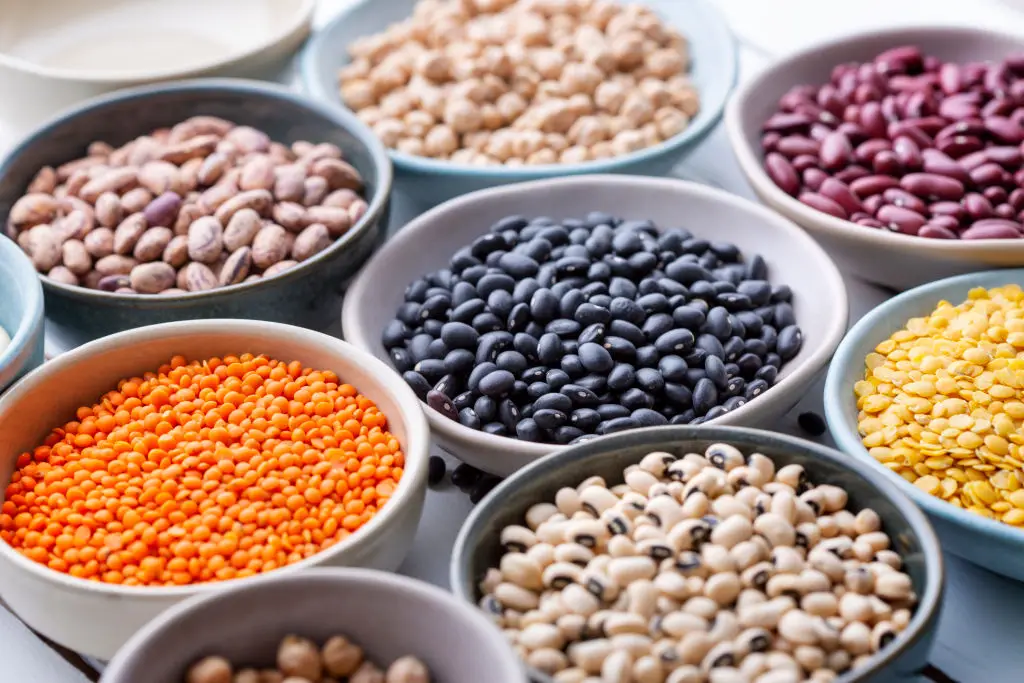
Beans and lentils are far more than humble pantry staples—they’re high-fiber, plant-based powerhouses that help lower cholesterol, promote fullness, and nourish your body with protein. Harvard and Mass General Brigham both champion beans for reducing LDL cholesterol, thanks to soluble fiber and resistant starch that encourages healthy digestion. Tossing black beans or kidney beans into salads, chili, or tacos is a delicious way to amp up the benefits without overhauling your favorite meals. For most people, a half-cup daily serving starts to make a difference. If you’re not used to beans, go slow to avoid digestive surprises—a hearty lentil soup, bean dip, or chickpea salad is a great place to begin. They offer a double win: plant protein helps replace animal fats, and the fiber helps trap cholesterol so it doesn’t get absorbed. Plus, beans store well and stretch a food budget further, making it easier to stick to heart-smart eating. Remember: it’s not about perfection—it’s about enjoying small, steady changes that keep your heart happy.
3. Fatty Fish: Omega-3 Powerhouse
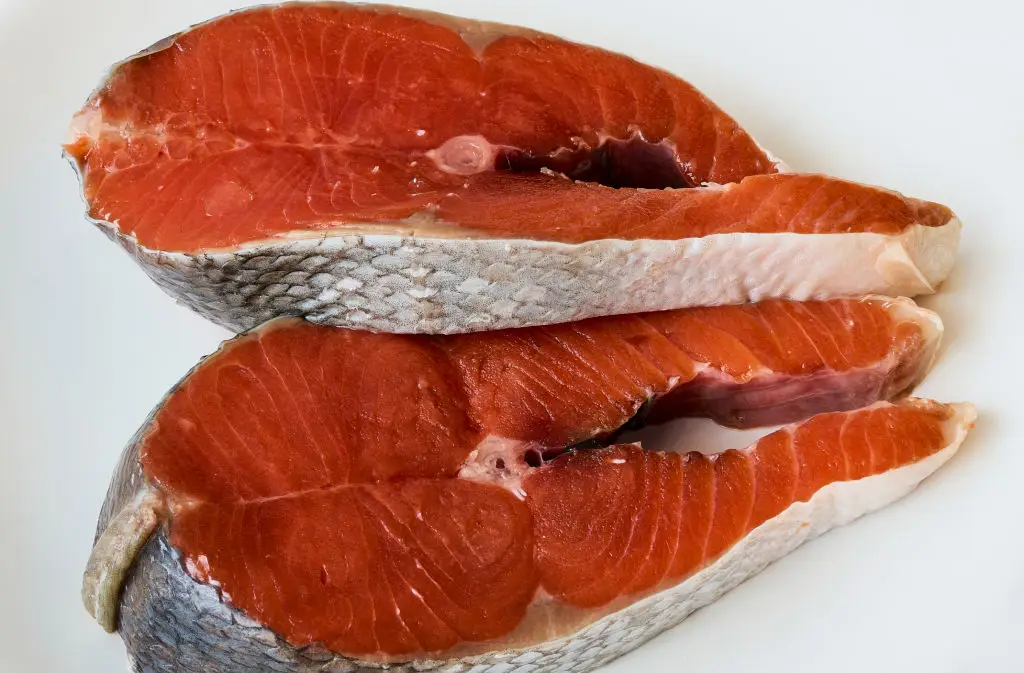
Fatty fish such as salmon and sardines aren’t just delicious—they deliver a potent punch of omega-3 fatty acids that work overtime to lower LDL cholesterol and raise your heart’s resilience. Harvard Health experts recommend eating fish like salmon, mackerel, or sardines two to three times a week. Omega-3s not only reduce the harmful cholesterol that clogs arteries, but may also lower blood pressure and decrease inflammation—a true triple benefit for heart health. Not a confident seafood chef? No problem. Try grilled salmon fillets, oven-roasted sardines, or even canned varieties for a quick lunch salad. Don’t worry if fancy fish dinners aren’t your thing—even tuna or salmon pouches make a great, portable snack that won’t spike your cholesterol. When choosing fish, aim for those lower in mercury and higher in omega-3s, and consider sustainability by checking labels or buying from reputable US sources. Each serving brings you closer to a better balance in your cholesterol numbers—and great flavor at your table.
4. Berries and Apples: Naturally Sweet Fiber
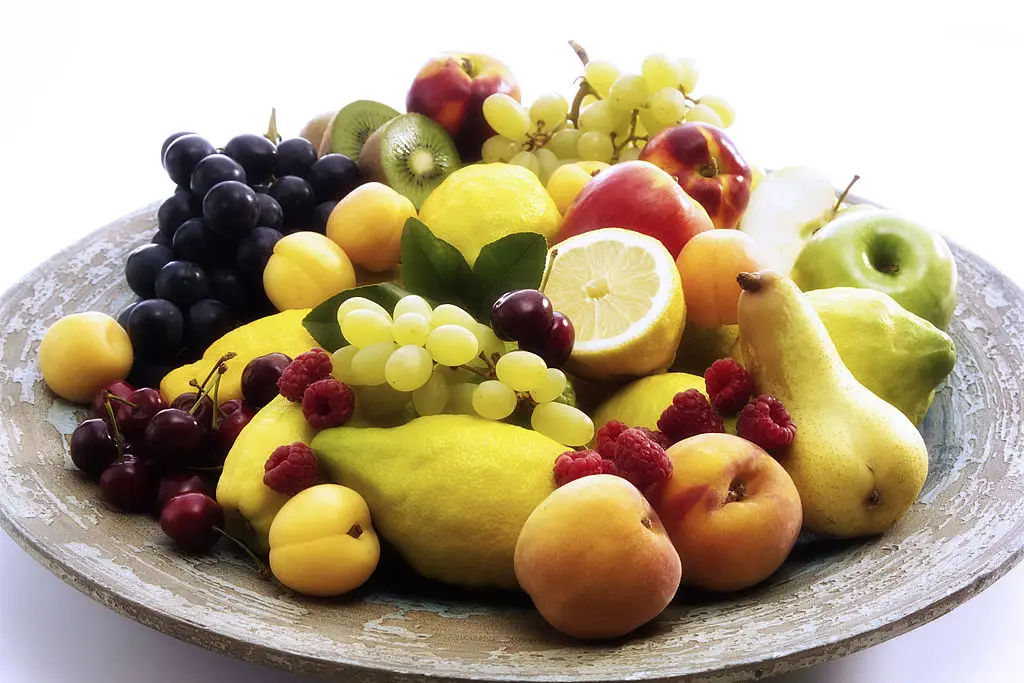
Berries and apples prove that powerful cholesterol support can come disguised as a sweet treat. These fruits are rich in soluble fiber—especially pectin—and packed with colorful polyphenols, which Harvard and Mass General Brigham cite as key LDL-lowering agents. Berries, from blueberries to blackberries, not only brighten up your breakfast but help reduce inflammation and fight oxidative stress that impacts heart health. Enjoy a handful of berries as a snack, layer them on oatmeal, or toss apple slices into salads for crunch and sweetness that support your cholesterol goals. Worried about sugar? Natural fruit sugar isn’t the same as added sweeteners, and the fiber content keeps blood sugar stable while your cholesterol numbers shift in the right direction. A single medium apple or half-cup of berries a day is an easy win—delicious, portable, and gentle on your heart. Best of all, these foods make snacking a form of genuine self-care.
5. Soy Foods: Plant Protein Solution
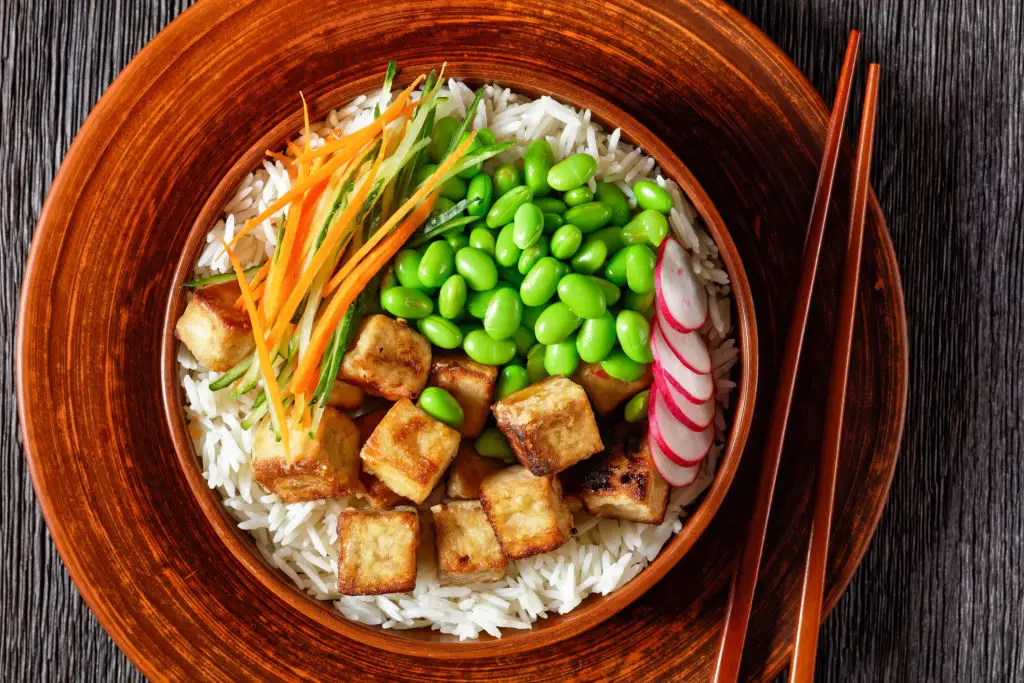
Soy foods—think tofu, edamame, and unsweetened soy milk—are a staple in many diets around the globe, and for good reason: regular intake has been shown to lower LDL cholesterol by 5–6% when you reach about 25 grams of soy protein daily. Harvard Health and WebMD point to soy’s unique proteins and fiber as key agents in blocking cholesterol absorption, further reinforcing the benefits of plant-heavy meals. Incorporate tofu in stir-fries, sprinkle edamame onto salads, or blend soy milk into smoothies for a subtle, creamy addition. If you’re new to soy, start with small servings—half a cup of tofu or a glass of soy milk is a comfortable entry point. Concerned about soy safety? Major medical authorities consider moderate soy intake part of a healthy pattern. The real trick is consistency: adding a few servings each week stacks up for lasting heart support. Soy foods offer flexibility, affordability, and a big payoff for your well-being.
6. Nuts and Seeds: Double Benefit Fats
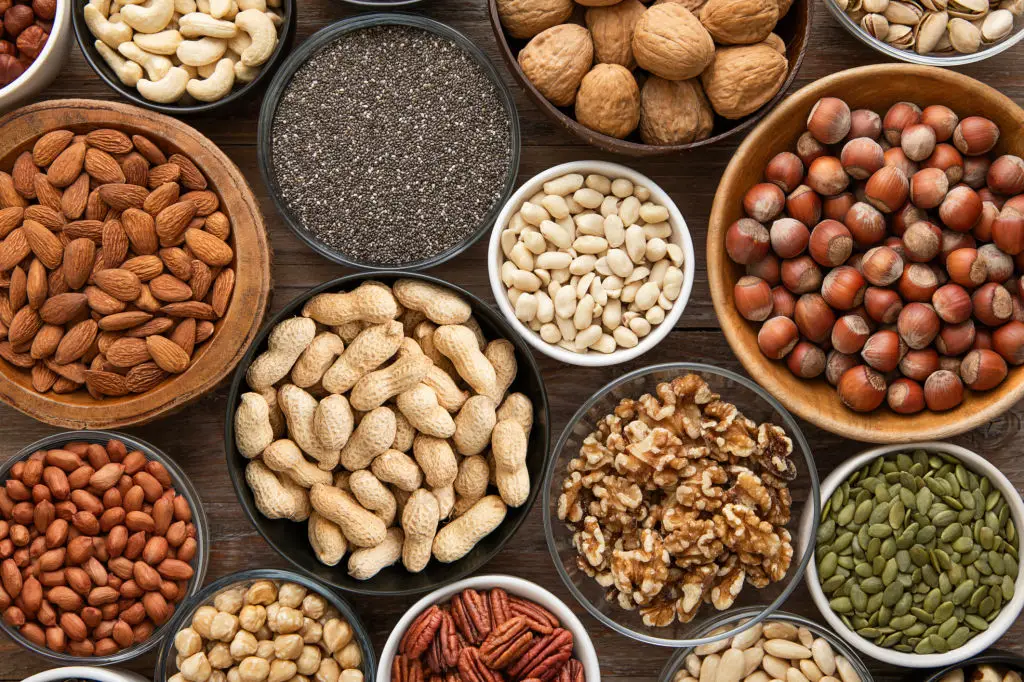
Nuts and seeds might just be the tastiest allies in the cholesterol fight. Almonds, walnuts, and seeds like chia or flax deliver a one-two punch of monounsaturated fats and soluble fiber, both proven to lower LDL cholesterol while boosting “good” HDL. Harvard studies show a daily handful (one ounce) can lead to 5–10% drops in LDL over time—remarkably efficient for such a satisfying snack. Try adding almonds to yogurt, packing walnuts in lunchboxes, or stirring chia seeds into overnight oats for a fiber boost. Rotate different nuts and seeds to keep things interesting, and watch your portions (nuts are calorie-dense, so an ounce a day is usually just right). Better still, they’re portable, shelf-stable, and easy to enjoy at any age. If nut allergies are a worry, sunflower or pumpkin seeds make great alternatives with similar benefits. Celebrate each small handful—your heart certainly will.
7. Dark Leafy Greens: Nutrient-Dense Detox
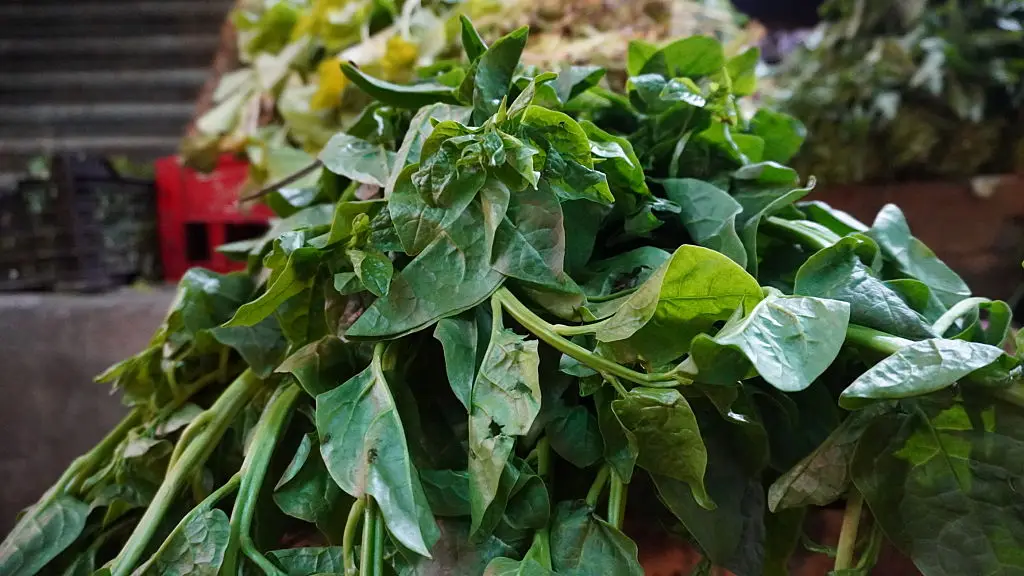
When you hear “dark leafy greens,” think beyond salads—spinach, kale, collards, and Swiss chard are nutrient-dense detox agents for your vascular system. These greens bind to bile acids in the digestive tract, leading your body to pull cholesterol from your blood to make more bile acids, helping clear LDL. Mass General Brigham highlights them as a delicious way to sweep excess cholesterol from your system and pack antioxidants into every bite. Don’t love raw greens? Sauté kale with garlic for a quick side, blend spinach into smoothies, or toss chard in soups. To maximize nutrient absorption, pair with a drizzle of olive oil or a vitamin C–rich food (like lemon juice). Even a daily cup of cooked greens or a big handful of baby spinach in your lunch can put you ahead. The more regularly you add dark leafy greens, the more resilient your body (and your palate) becomes.
8. Olive Oil: Good Fat Swap
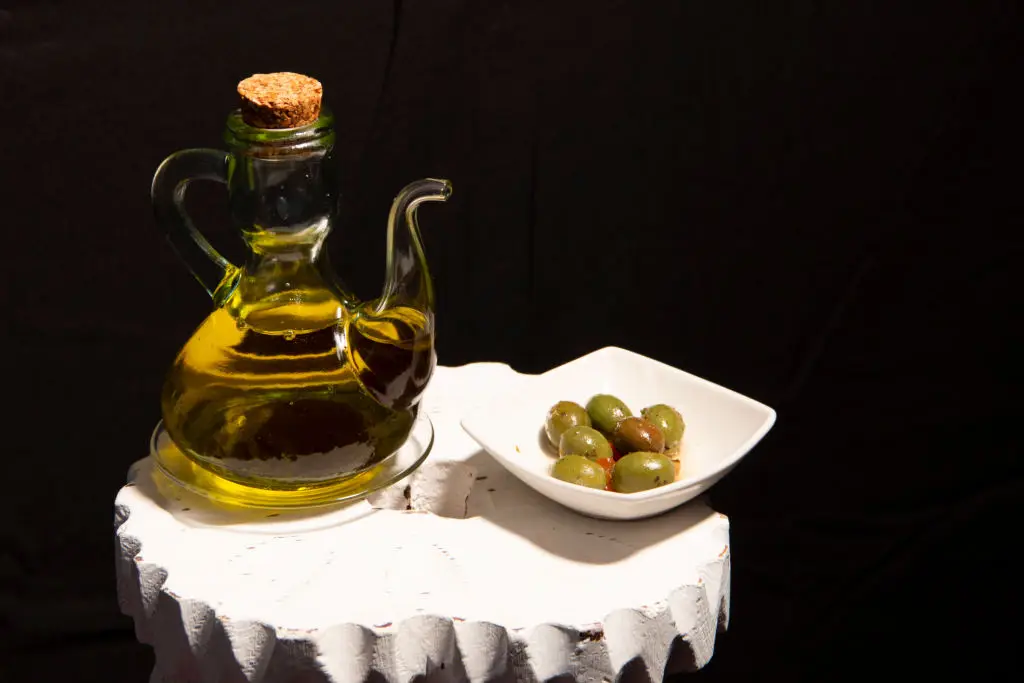
Olive oil stands apart from cooking fats thanks to its high content of monounsaturated fat—a type known to lower LDL cholesterol when it replaces saturated fat (found in butter, lard, or processed snacks). Harvard and EatingWell recommend the “Mediterranean swap”: use olive oil in dressings, sautéing, even baking, to capture both flavor and heart benefits. A tablespoon or two a day is enough to see impact. Toss roasted veggies with olive oil, drizzle it over whole grain bread, or use it as your main salad dressing base. Choosing extra virgin olive oil unlocks more antioxidants and depth of flavor. The key is to use oil as a healthy replacement, not an extra add-on, and to enjoy the richness guilt-free. Simple swaps like this bring you closer to a heart-protective, satisfying style of eating—one that ages as well as you do.
9. Plant Sterols and Stanols: Cholesterol Blockers
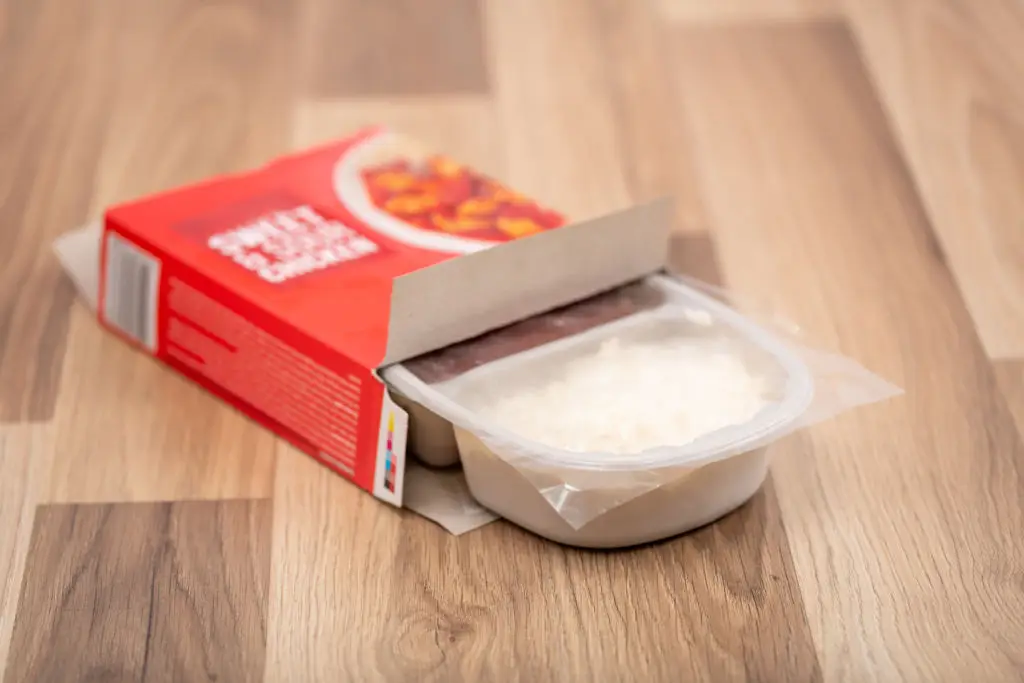
Plant sterols and stanols sound scientific, but they’re simply natural compounds found in small amounts in whole plant foods—and when concentrated in certain spreads, cereals, and juices, they help block cholesterol absorption in your gut. Harvard Health ranks these fortified products among the strongest natural supports for managing cholesterol, especially for people who need an extra boost beyond basic diet changes. Check grocery shelves for margarines, orange juices, or breakfast bars labeled as “sterol-fortified.” Just two grams of sterols or stanols daily can have a noticeable effect on your cholesterol numbers. Add a serving to your breakfast or snack routine for a gentle, science-backed push in the right direction. Medical authorities state that getting these from food is safer than supplements for most people, so skip the pills in favor of real meals. It’s one more reason a well-stocked pantry can be your best ally for heart health.
10. Garlic: Subtle Yet Powerful
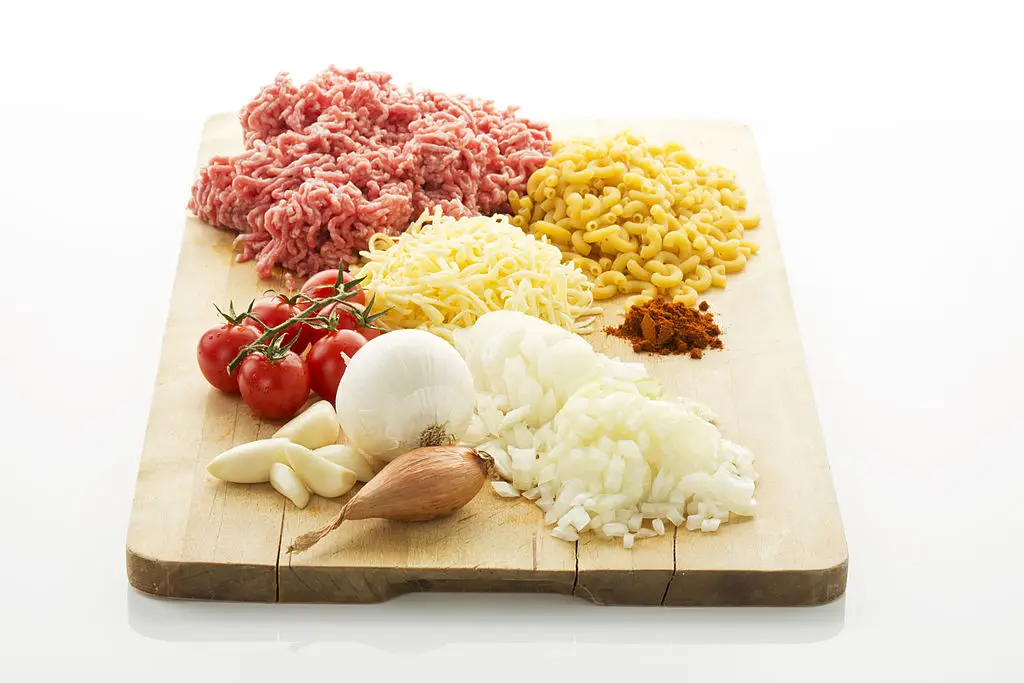
Garlic, long treasured for flavor, quietly goes to work helping lower your LDL cholesterol when eaten regularly. It may not cause dramatic drops, but even modest improvements add up over time, especially when garlic forms part of a broader heart-friendly eating style. WebMD highlights garlic’s complex sulfur compounds, which may also reduce inflammation and help blood vessels relax. Garlic is versatile—mince it raw into dressings, roast whole bulbs for a sweet flavor, or simmer in soups and sauces. Aim for a clove a day if your tastebuds agree, but even smaller amounts help. There’s no need for harsh garlic supplements—food forms are just as effective for most people. If you’re sensitive to raw garlic, try cooking it thoroughly to mellow its bite. Plus, every savory dish becomes a bit healthier and more delicious when you add garlic—a small ritual, big results.
11. Tea (Green & Black): Antioxidant Support
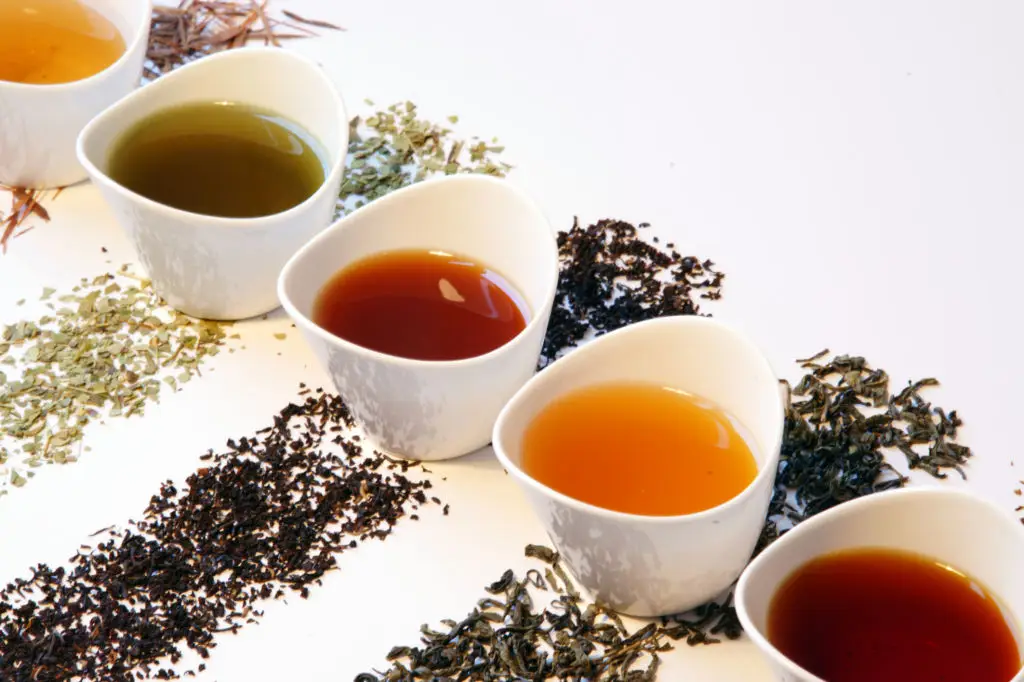
Tea, both green and black, pours more than comfort—it delivers unique antioxidants called catechins and theaflavins that have been shown in studies to modestly lower cholesterol over time. Harvard Health and Healthline mention tea as one of the simplest and most enjoyable daily additions for heart resilience. The beauty of tea is its flexibility—it’s soothing hot, refreshing iced, and always a gentle ritual to build into your day. Try swapping one soda or sugary drink for unsweetened tea, brew a cup after dinner, or chill black tea with citrus for a summer refresher. Both caffeinated and decaf teas retain most of their heart-friendly antioxidants, so you can sip according to your schedule. The key is consistency: the more tea is woven into your regular routine, the stronger its cholesterol-fighting perks become. Let each cup be a calming, supportive nod to your heart’s health.
Eating for Heart Health is a Lasting Gift

Lowering your cholesterol doesn’t require giving up joy at the table or chasing short-lived trends. Instead, lasting change begins with small, daily acts of care—from choosing oats to savoring a handful of nuts—that add up to real progress over time. The foods you’ve read about here are more than checkboxes for your next grocery trip; they’re invitations to nourish both body and spirit, reconnect with meals, and share heart-healthy habits with those you love. Embracing a cholesterol-lowering diet isn’t about restriction or rushing toward perfection. It’s about welcoming new flavors, textures, and enjoyable routines that support you fully—from your arteries to your mood. Remember, progress comes from steady effort, not sudden overhaul. As you explore oats, beans, greens, or tea, celebrate each small step: healthy change multiplies, especially when you extend compassion to yourself along the way. So, as you plan your next meal, consider choosing just one of these foods to try in a new way. Your body—and your future self—deserve the gentle, lasting strength that comes from eating with mindfulness and love. After all, the most powerful path to lower cholesterol lies in each enjoyable, delicious choice you make.